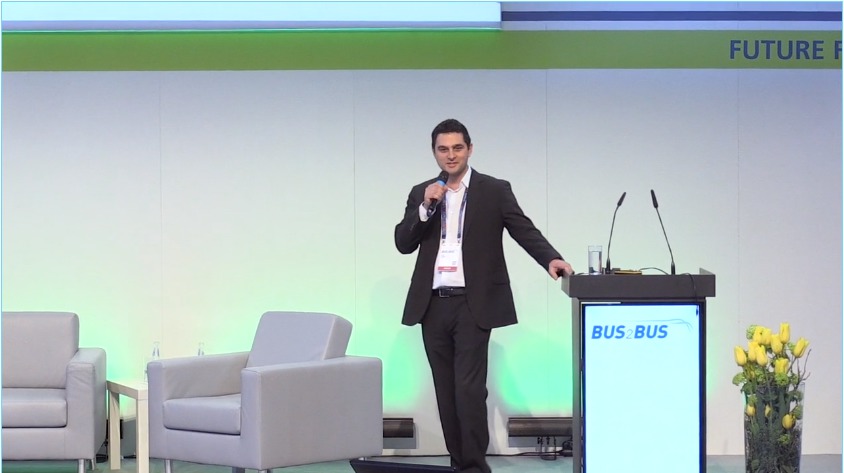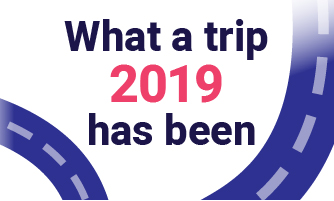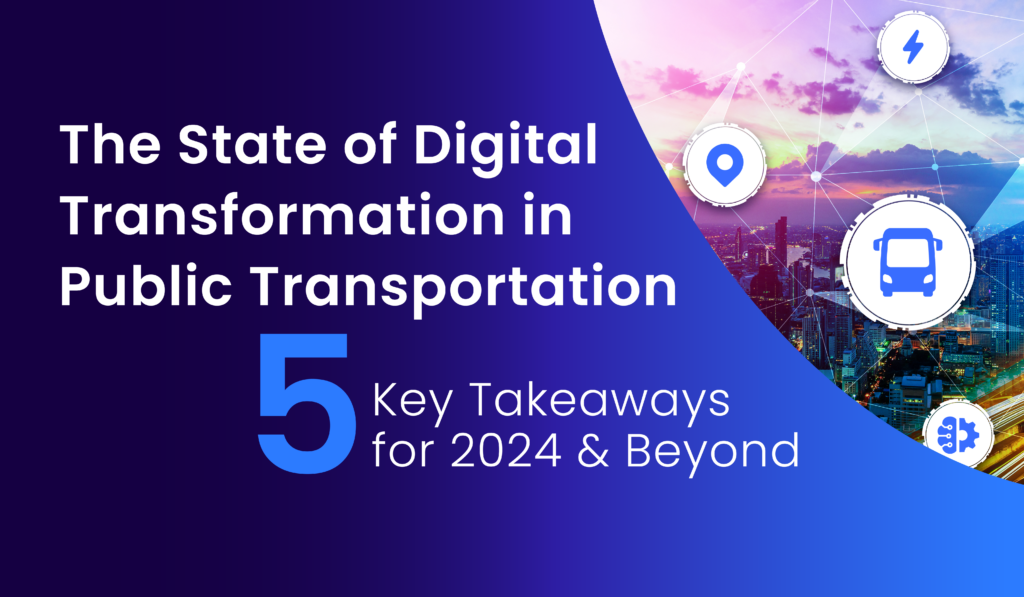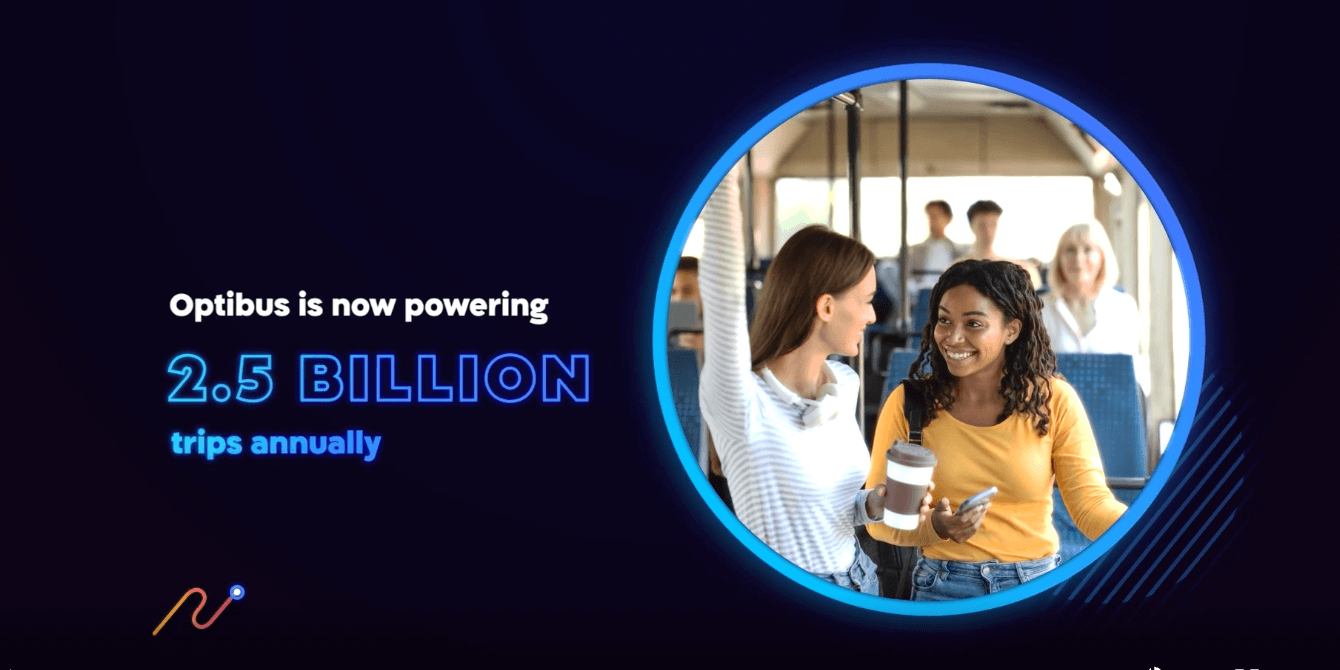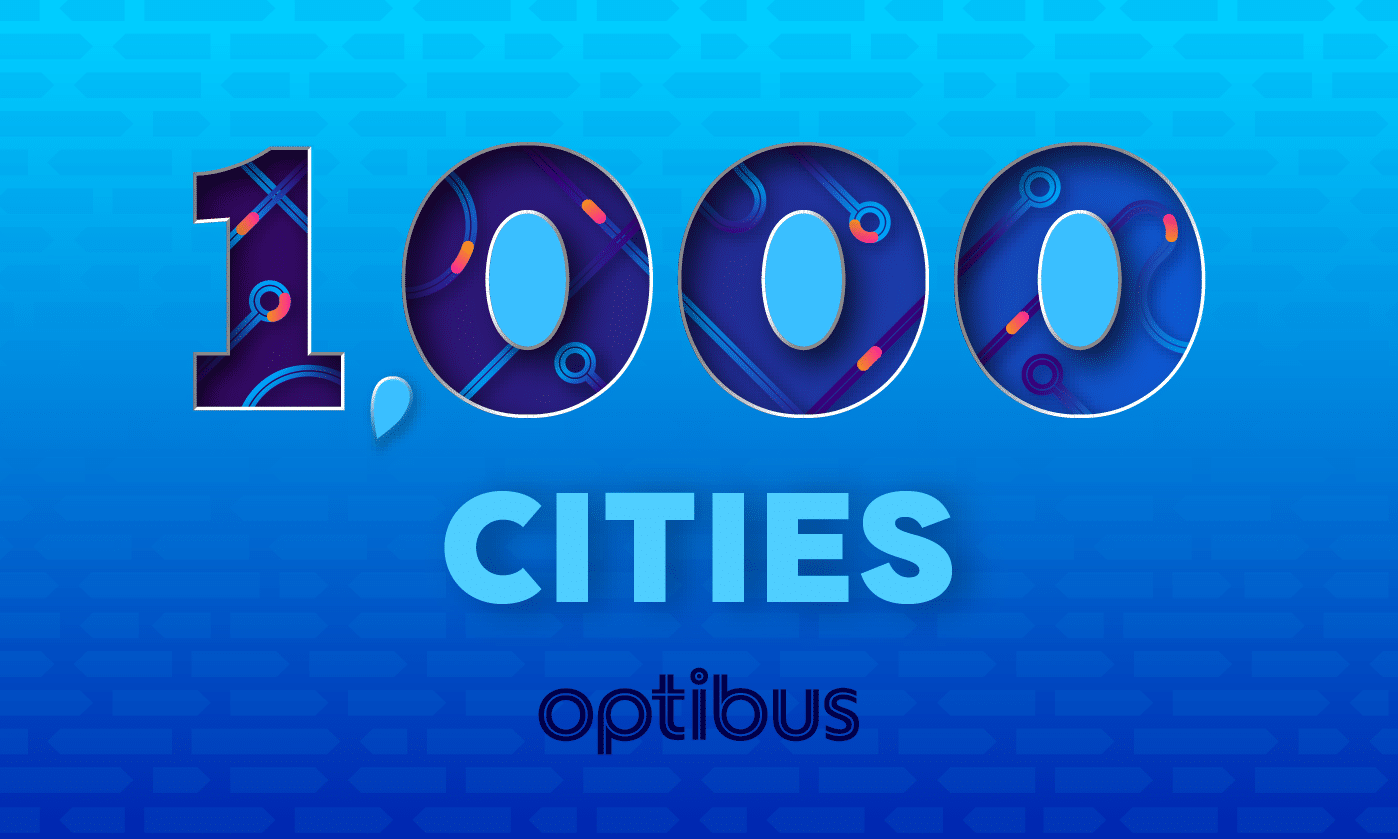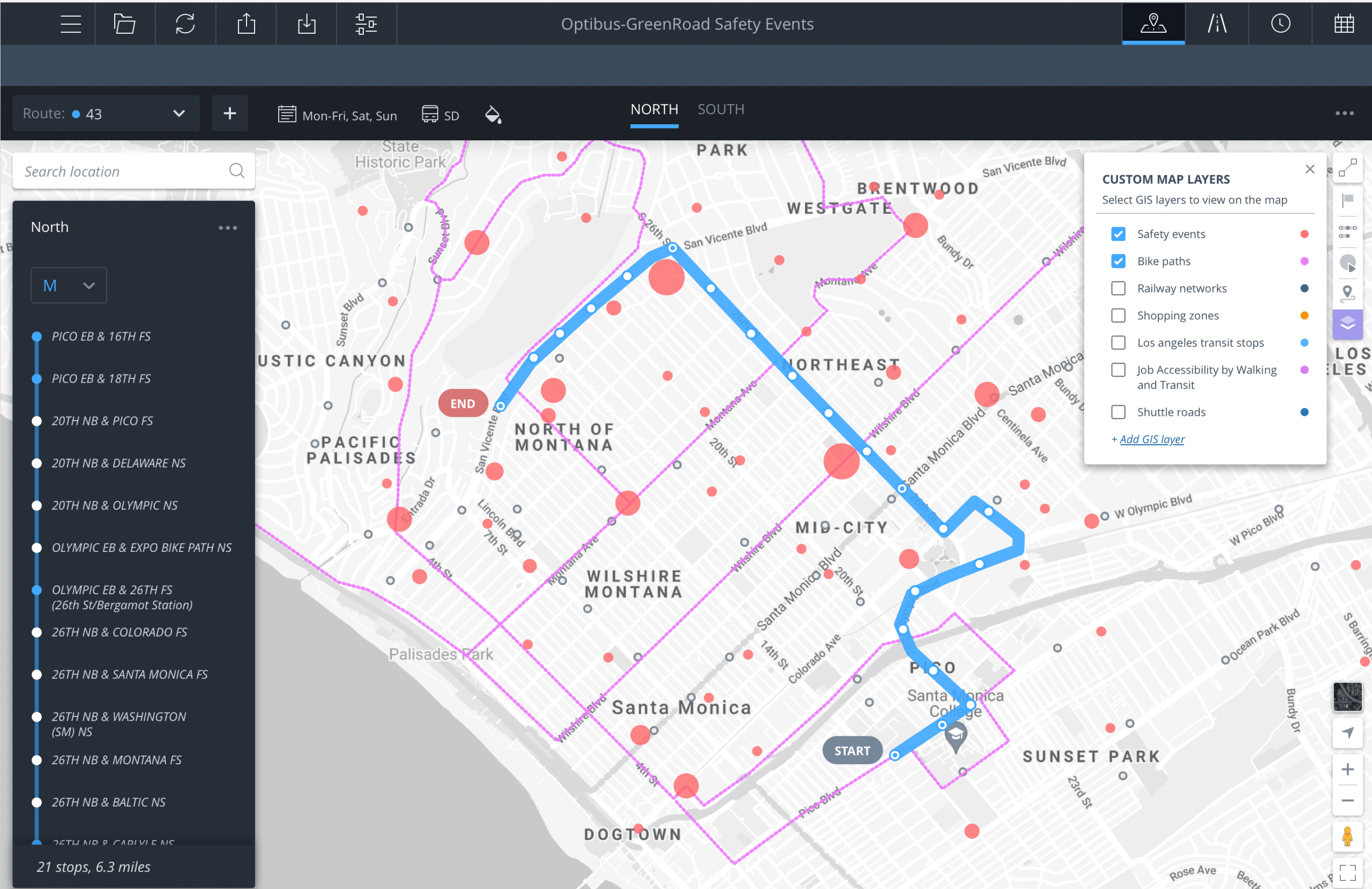Different cities, regions and countries were hit by the COVID-19 outbreak at varying times and instituted changes to their transportation systems at different points and in different ways. Now that parts of the world are considering the next stage of managing the pandemic – how to gradually reverse lockdown and revive the economy while attempting to keep contagion rates down – the time has come to evaluate different exit strategies for public transit.
Restoring service will be a gradual and iterative process, and the ability to quickly prepare and evaluate multiple scheduling scenarios enables transportation providers to figure out a multilayered exit strategy that will work even in their unique and dynamic situation.
An immediate return to previous levels of service may not be feasible in many cases, given the changes wrought by the pandemic that need to be addressed in transportation exit plans, such as:
- Drastic declines in ridership: With many cities on lockdown and non-essential residents encouraged to stay away from public transit, ridership has been reduced by unprecedented levels. As passengers gradually return, plans will have to be adjusted in accordance with actual ridership, meaning that multiple scenarios will need to be developed.
- Risk of crowding: High-demand routes may require greater frequency or the use of reserve buses to preserve social distancing as ridership increases, introducing a new planning requirement.
- Closed destinations: As cities start moving out of lockdown, destinations such as schools, offices and shopping centers will reopen gradually, and transit service may need to shift depending on the status of the destinations served by various routes.
- Changes to peak hours: Cities may work to flatten peak hours by staggering opening times of schools or instituting shifts at some workplaces, which will affect transit demand at varying times of day.
- Disinfection requirements: More time will need to be allotted in the schedule for vehicles to be disinfected during the day and the requisite staffing will need to be scheduled.
Evaluating multiple exit scenarios can help mass transportation transition as smoothly as possible from the pandemic lockdown stage, to the exit strategy stage. It will become increasingly necessary to provide valuable and efficient transit service for all as restrictions are loosened, yet adjust to the new normal of social distancing. It is possible that in this environment multiple service changes will be made.
At Optibus, we recognize that in this unprecedented situation transit agencies may need help transitioning to the next stage – so we’ve decided to offer no-cost COVID-19 planning until July. More details below:
Who is eligible for coronavirus exit planning help?
The offer of a no-cost temporary license for the Optibus platform is open to all mass transportation agencies.
Do the scheduling scenarios have to be for exit plans?
Though our primary goal is to help agencies plan their exit strategies, the scheduling scenarios may be used for cities still in lockdown or to prepare for a post-coronavirus future. You can use the license to evaluate changes to work rules, rosters, relief vehicle scheduling, or any other need you may have.
What happens after I request exit planning help?
An Optibus team member will get in touch with you.
Then you’ll be able to upload your existing GTFS or TransXChange data onto the platform, quickly create multiple exit strategy plans for different scenarios, analyze the different scenarios, and export the data back into your current system.
Depending on your needs, you’ll be able to access the following:
- Timetable
- Vehicle schedule
- Crew schedule
- Roster
- Business metrics
The business metrics allow you to immediately assess the impact of your exit scenarios, including total cost, number of duties and blocks, paid time, vehicle efficiency and crew efficiency.
How can I get started with COVID-19 exit planning?
Email info@optibus.com with “COVID-19 exit plans” in the subject line.

